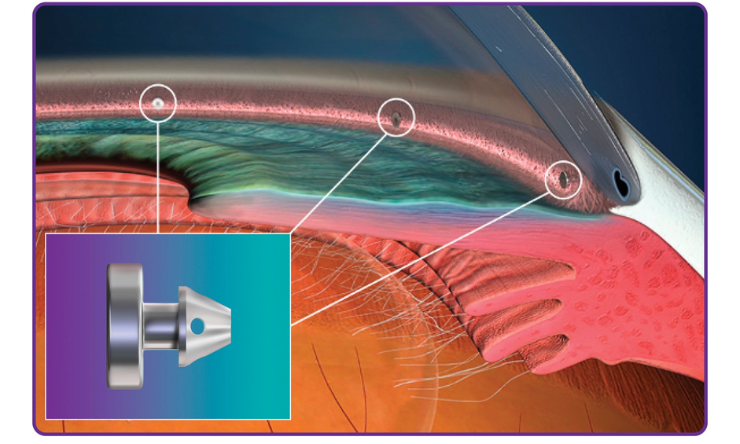Share
Researchers have found that a vitamin supplement that improves metabolism in the eye appears to slow down damage to the optic nerve in glaucoma.

The promising results have been published in the journal Cell Reports Medicine, and the researchers behind the study have now started a clinical trial on patients.
Researchers at the Karolinska Institute Medical University in Solna, Sweden, studied the role of homocysteine – a natural part of the body’s metabolism.
They found that when rats with glaucoma were given elevated levels of the substance, their disease did not worsen.
Based on these findings and others, the researchers concluded that homocysteine does not drive the disease but is a consequence of it.
During their research they noticed several abnormalities, the most important of which were metabolic changes in the retina linked to certain vitamins. This change meant that metabolism was slowed down locally in the retina, and this played a role in the development of the disease.
“Our conclusion is that homocysteine is a bystander in the disease process, not a player. Altered homocysteine levels may reveal that the retina has lost its ability to use certain vitamins that are necessary to maintain healthy metabolism,” says Associate Professor James Tribble, researcher at the Department of Clinical Neuroscience at Karolinska Institute.
“That’s why we wanted to investigate whether supplements of these vitamins could protect the retina.”
In the experiments, the researchers gave supplements of the B vitamins B6, B9 and B12, as well as choline to mice and rats with glaucoma.
In mice with a slower developing glaucoma, the damage to the optic nerve was completely halted. In rats with a more aggressive form of the disease with faster progression, the disease was slowed down.
In these experiments, eye pressure was left untreated, which the researchers highlight as particularly interesting – it suggests that the vitamin mix affects the disease in a different way than lowering eye pressure does.
“The results are so promising that we have started a clinical trial, with patients already being recruited at St Eriks Eye Hospital in Stockholm,” says A/Prof Tribble.
Both patients with primary open-angle glaucoma (slower progression) and pseudoexfoliation glaucoma (faster progression) are included.
This article is republished courtesy of Insight News.


